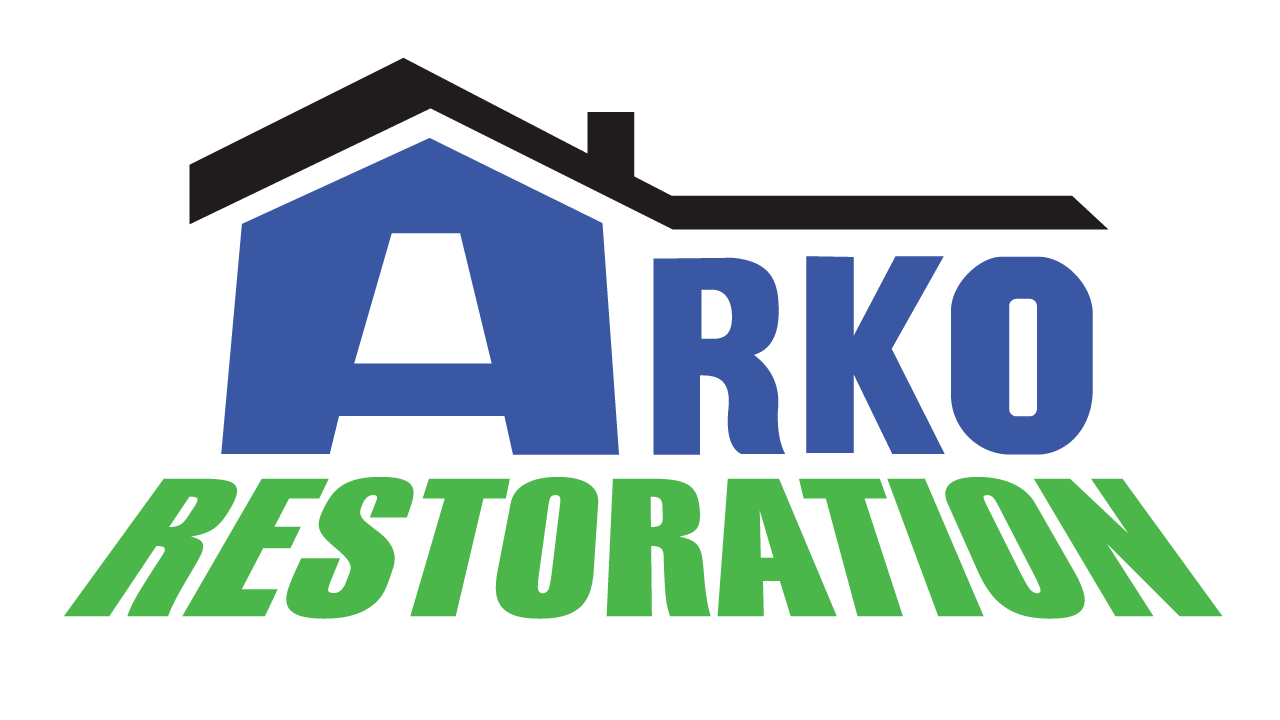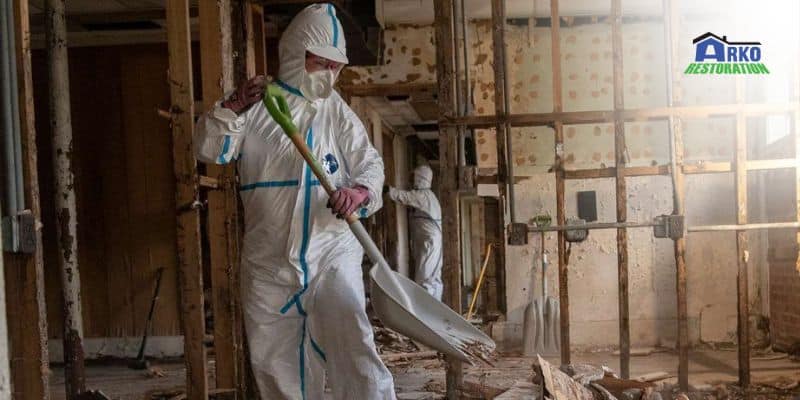As a fire restoration professional, you know that the aftermath of a fire can be devastating, leaving behind a trail of destruction that extends far beyond the visible charred remains. One of the most insidious and challenging aspects of fire damage is smoke – an invisible, pervasive force that can penetrate even the smallest crevices and leave behind stubborn odors and residues.
Smoke damage can be exceedingly difficult to remediate, and it requires a deep understanding of its composition, behavior, and the various types of residues it can leave behind. Whether you’re dealing with dry smoke from a fast-burning fire or wet smoke from a slow, smoldering blaze, each scenario presents unique challenges that demand specialized knowledge and techniques.
In this comprehensive guide, we’ll delve into the intricacies of smoke damage, arming you with the knowledge and strategies you need to tackle even the most complex fire restoration projects. From identifying different types of smoke residues to implementing effective cleaning and deodorization methods, we’ll cover the key items every fire restoration professional should have in their arsenal.
1. Composition of Smoke
Smoke is a complex mixture of gases and particulate matter produced during combustion. Its composition varies depending on the materials burned and the fire’s conditions, such as temperature and oxygen supply. Understanding the chemical makeup of smoke is crucial for selecting appropriate restoration methods. Common components include carbon monoxide, carbon dioxide, soot, and volatile organic compounds (VOCs).
2. Types of Smoke Residues
The type of smoke residue left behind can vary significantly, affecting the cleaning approach. Dry smoke residues, typically from fast-burning fires, are powdery and easily removable. Wet smoke residues, resulting from smoldering, low-heat fires, are sticky and challenging to clean. Protein residues from burning meat or fish can cause lingering odors and discoloration.
3. Smoke Migration and Penetration
Smoke can travel through even the smallest openings, spreading throughout a structure and infiltrating porous materials like drywall, insulation, and fabrics. Understanding smoke migration patterns is crucial for identifying affected areas and preventing cross-contamination during restoration efforts.
4. Odor Control and Deodorization
One of the most challenging aspects of smoke damage is removing persistent odors. Various deodorization techniques, such as thermal fogging, ozone treatment, and hydroxyl radical generation, may be necessary to neutralize odor-causing compounds and prevent odor recurrence.
5. Surface Cleaning and Soot Removal
Effective surface cleaning is essential for removing smoke residues and preventing further damage. Techniques like dry sponging, wet cleaning, and agitation may be employed, depending on the surface type and degree of soiling. Proper personal protective equipment (PPE) is crucial when handling and removing soot.
6. HVAC System Restoration
Smoke and soot can infiltrate heating, ventilation, and air conditioning (HVAC) systems, circulating odors and particulates throughout the structure. HVAC system cleaning and decontamination are critical to ensure proper air quality and prevent cross-contamination.
7. Content Cleaning and Restoration
In addition to structural elements, smoke damage can affect personal belongings and contents. Fire restoration professionals must-have techniques for cleaning and restoring various materials, including textiles, electronics, furniture, and documents.
8. Health and Safety Considerations
Smoke exposure can pose significant health risks, including respiratory issues, allergic reactions, and potential carcinogenic effects. Proper safety protocols, such as using appropriate PPE, implementing engineering controls, and adhering to safety data sheets (SDS), are essential for protecting restoration workers and occupants.
9. Documentation and Insurance Claims
Thorough documentation of smoke damage, including detailed reports, photographs, and video evidence, is crucial for insurance claims and ensuring proper compensation for restoration efforts. Understanding the claims process and working closely with insurance adjusters can streamline the restoration process.
10. Ongoing Training and Certification
The field of fire restoration is constantly evolving, with new techniques, technologies, and best practices emerging regularly. Ongoing training and certification ensure that fire restoration professionals stay up-to-date with the latest industry standards and maintain the necessary skills to handle complex smoke damage scenarios effectively.
Conclusion
Smoke damage is a formidable challenge that fire restoration professionals must be prepared to tackle head-on. From the intricate composition of smoke to the various types of residues it can leave behind, understanding the nuances of this pervasive force is essential for successful restoration efforts.
By mastering the key items outlined in this guide – including smoke composition, residue types, migration patterns, deodorization techniques, surface cleaning methods, HVAC restoration, content cleaning, health and safety considerations, documentation processes, and ongoing training –fire restoration professionalscan position themselves as true experts in the field.
Dealing with the aftermath of a fire is a daunting task, but with the right knowledge, skills, and dedication, fire restoration professionals can transform devastated properties into safe, habitable spaces once again. Remember, every successful restoration project not only restores a physical structure but also helps to rebuild the lives of those affected by the trauma of a fire.
Stay vigilant, keep learning, and embrace the latest advancements in the industry. By doing so, you’ll be equipped to navigate even the most complex smoke damage scenarios, providing invaluable support and peace of mind to those in need during their darkest hours.


